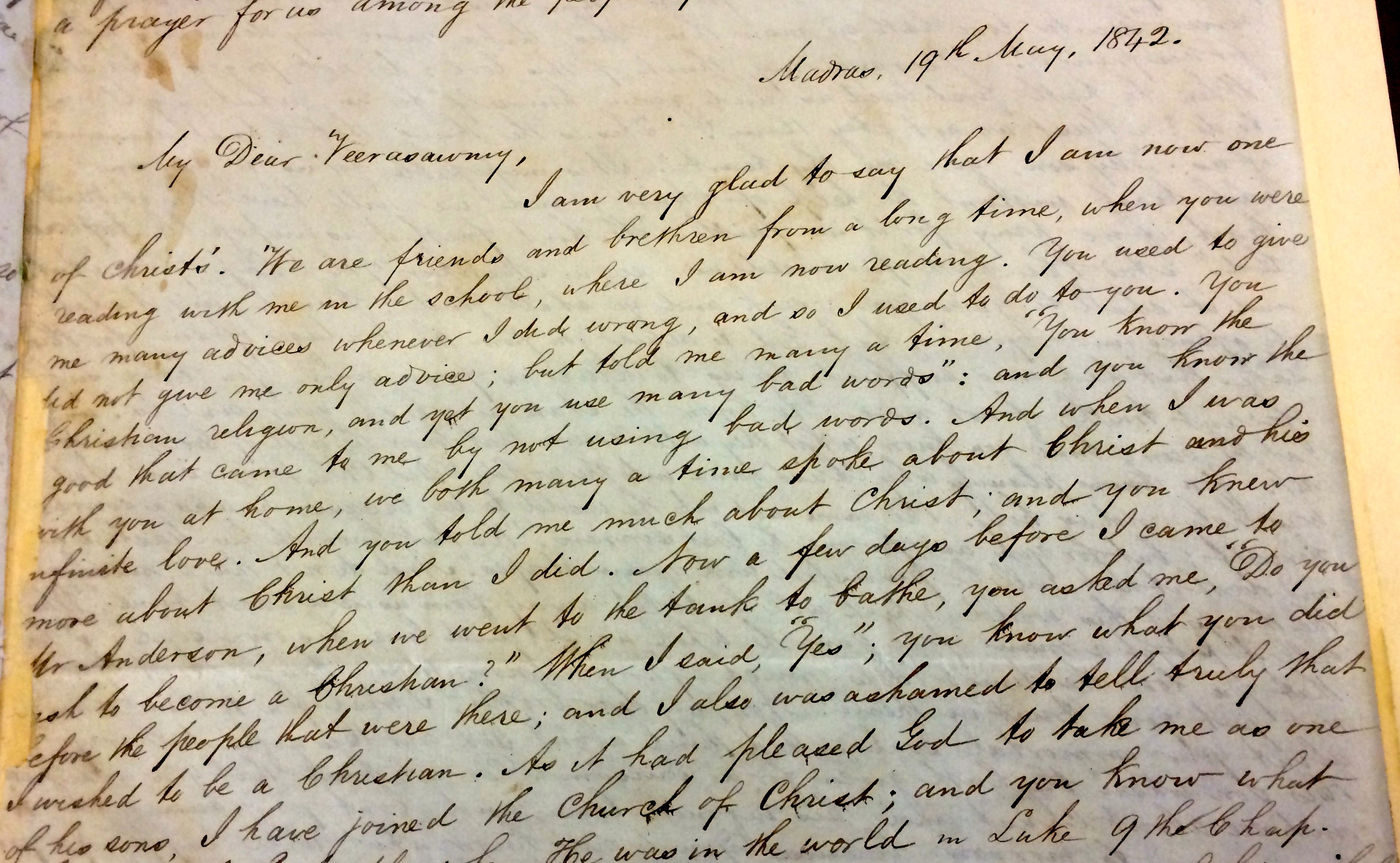What elements of a ‘life’ can be captured in narrative and conversely how do narratives handle the ‘unspeakable’?
In several of the autobiographical narratives we discussed at the Delhi workshop, we noticed the palpable presence of emotion, challenging us to examine the function of the ‘affective’ in narratives of transformation. At various points, narrators are overcome by doubt, fear, anger, remembered pain, shame or even disgust. Accompanying these emotionally charged moments, we noticed references to the inexplicable: ‘sins,’ ‘miracles,’ ‘tears,’ ‘prayers,’ even ‘physical illness.’ These moments of pain, recollected through narrative, connecting reason and the irrational, associating the body,

 eak and tired now,
eak and tired now,
